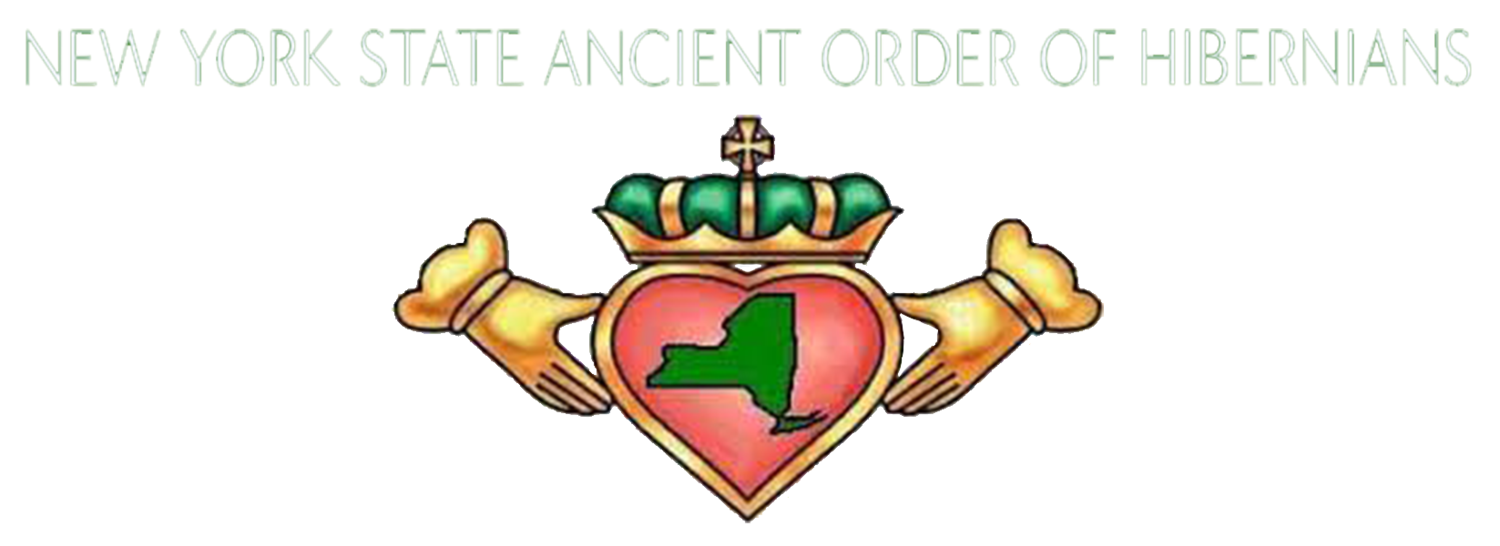St. Patrick
The man we know today as St. Patrick was born at the End of Roman rule in Britain. His birthplace is not known with any certainty; some traditions place it in what is now England in Cumbria. Others say near Carlisle on Hadrian's Wall. Claims have also been advanced for locations in present-day Scotland or South Wales.
Patrick's family were citizens of the Roman Empire (not Italian as many Americans believe). His father was a Decurion (Senator and tax collector) and a deacon; his grandfather was a priest. Patrick's confession states he was not an active believer in his youth.
According to the Confession of Saint Patrick, at the age of sixteen he was captured by a group of Irish pirates, from his family's Villa. They took him to Ireland where he was enslaved and held captive for six years. Patrick writes in the Confession that the time he spent in captivity was critical to his spiritual development. He explains that the Lord had mercy on his youth and ignorance, and afforded him the opportunity to be forgiven his sins and convert to Christianity. While in captivity, he worked as a shepherd and strengthened his relationship with God through prayer, eventually leading him to convert to Christianity.
After six years of captivity, he heard a voice telling him that he would soon go home, and then that his ship was ready. Fleeing his master, he travelled to a port, two hundred miles away where he found a ship and persuaded the captain to take him. After three days' sailing, they landed, presumably in Britain, and apparently all left the ship, walking for 28 days in a "wilderness" and becoming faint from hunger. Patrick's account of his escape from slavery and return home to Britain is recounted in his Declaration.
After Patrick prayed for sustenance, they encountered a herd of wild boar; since this was shortly after Patrick had urged them to put their faith in God, his prestige in the group was greatly increased. After various adventures, he returned home to his family, now in his early twenties. After returning home to Britain, Patrick continued to study Christianity.
Patrick recounts that he had a vision a few years after returning home: “I saw a man coming, as it were from Ireland. His name was Victoricus, and he carried many letters, and he gave me one of them. I read the heading: "The Voice of the Irish". As I began the letter, I imagined in that moment that I heard the voice of those very people who were near the wood of Foclut, which is beside the western sea—and they cried out, as with one voice: "We appeal to you, holy servant boy, to come and walk among us.” At that moment Patrick decided to return to Ireland.
He first studied in Europe principally at Auxerre, France. Saint Germanus of Auxerre, a bishop of the Western Church, ordained him to the priesthood. After his ordination Patrick returned to Ireland as a Christian missionary. His landing place was Wicklow, at the mouth of the river Inver-dea, which is now called the Vartry. Patrick was not welcomed by the locals and was forced to leave and seek a more welcoming landing place further north. He rested for some days at the islands off the Skerries coast, one of which still retains the name of Inis-Patrick.
Patrick wrote that he "baptized thousands of people." He ordained priests to lead the new Christian communities. He converted wealthy women, some of whom became nuns in the face of family opposition. He also dealt with the sons of kings, converting them too.
He claimed of the Irish:
“Never before did they know of God except to serve idols and unclean things. But now, they have become the people of the Lord, and are called children of God. The sons and daughters of the leaders of the Irish are seen to be monks and virgins of Christ!”
Patrick's position as a foreigner in Ireland was not an easy one. His refusal to accept gifts from kings placed him outside the normal ties of kinship, fosterage and affinity. Legally he was without protection, and he says that he was on one occasion beaten, robbed of all he had, and put in chains, perhaps awaiting execution. Patrick says that he was also a captive for 60 days.
The dates of Patrick's life are uncertain; there are conflicting traditions regarding the year of his death. His own writings provide no evidence for any dating more precise than the 5th century generally. A variety of dates are given for his death, In 461 the annals say that "Here some record the repose of Patrick." In 492 they record the death of "Patrick, the arch-apostle (or archbishop and apostle) of the Scoti", on 17 March, at the age of 120.
Some modern historians accept the earlier date of c. 460 for Patrick's death, scholars of early Irish history tend to prefer a later date, c. 493. Supporting the later date, the annals record that in 553 "the relics of Patrick were placed sixty years after his death in a shrine by Colum Cille."
For most of Christianity's first thousand years, canonizations were done on the diocesan or regional level. Relatively soon after the death of people considered very holy, the local Church affirmed that they could be liturgically celebrated as saints. As a result, Patrick has never been formally canonized by a pope. His feast day is observed on 17 March, the supposed date of his death. It is celebrated inside and outside Ireland as a religious and cultural holiday. In the dioceses of Ireland, it is both a solemnity and a holy day of obligation; it is also a celebration of Ireland itself.


